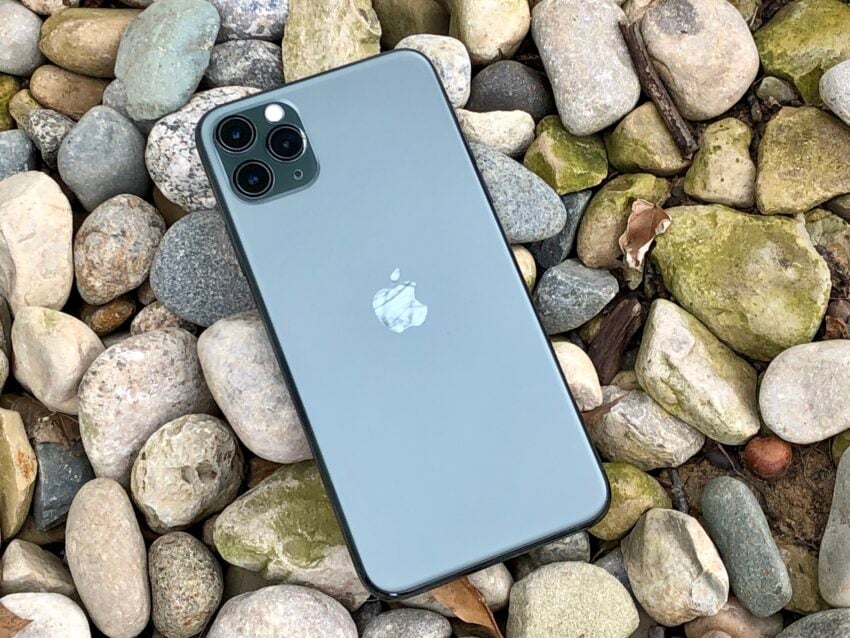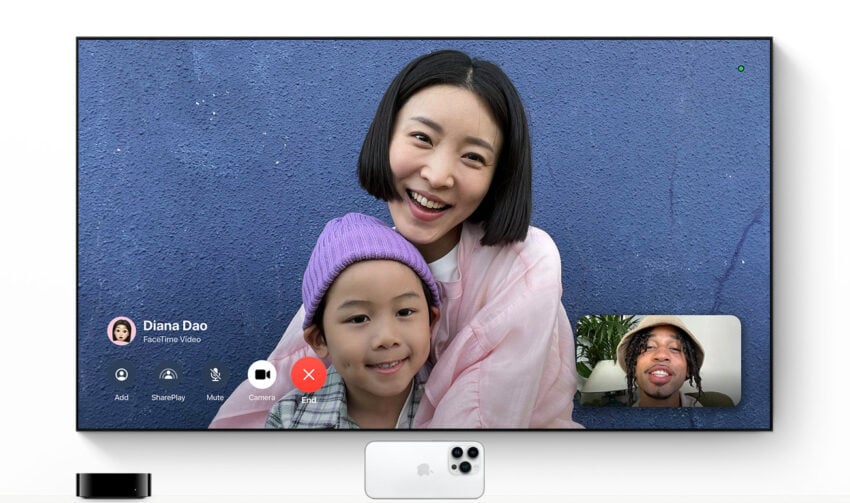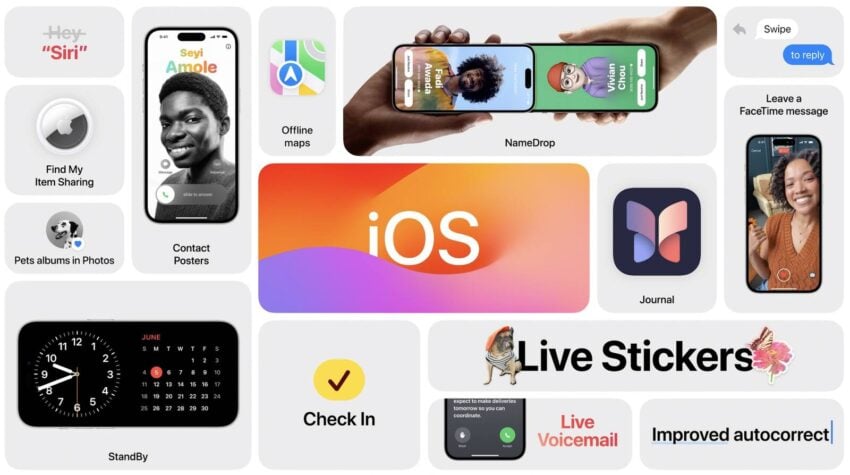As we push away from the latest iOS 17 release iPhone users are complaining about a variety of about bugs and performance issues.
The current list of iOS 17 problems includes abnormal battery drain, Wi-Fi issues, UI lag, crashes, and installation issues. A lot of these problems are brand new, others have carried over from previous versions of iOS.
While some of these issues will require a fix from Apple in a new version of iOS 17 or perhaps a visit to your local Apple Store, some issues can be fixed in minutes from the comfort of your home.
Table of Contents
If you’re noticing weird battery drain, issues with your iPhone’s Wi-Fi or Bluetooth connectivity, or if you’re having issues installing an iOS 17 update, have a look through these fixes before you contact customer support or take your iPhone into a store.
How to Fix iOS 17 Installation Problems
If you’re having issues installing the latest version of iOS 17, there are a few steps you can take.
First, make sure your iPhone is eligible for the upgrade. Here are the iPhone models that are compatible with iOS 17:
- iPhone 14
- iPhone 14 Plus
- iPhone 14 Pro
- iPhone 14 Pro Max
- iPhone 13
- iPhone 13 mini
- iPhone 13 Pro
- iPhone 13 Pro Max
- iPhone 12
- iPhone 12 mini
- iPhone 12 Pro
- iPhone 12 Pro Max
- iPhone 11
- iPhone 11 Pro
- iPhone 11 Pro Max
- iPhone XS
- iPhone XS Max
- iPhone XR
- iPhone SE 2
- iPhone SE 3
If your phone is on here, and you’re having an issue installing the operating system, here are a few other solutions.
If you get a “Unable to Check for Update. An error occurred while checking for a software update” warning or “Unable to Install Update. iOS 17 update requires a network connection” warning, try updating again. You can also try updating using a different network or your computer.
If the installation fails to complete, try connecting your iPhone to a power source.
How to Fix iOS 17 Freezes
If your iPhone locks up and stops responding, here’s how to get it unstuck.

To get your iPhone unstuck, perform a hard reset. Here’s how to do that if you own an iPhone 14, iPhone 13, iPhone 12, iPhone 11, iPhone XS, iPhone XR, iPhone X, iPhone 8, iPhone 7, iPhone 6s, iPhone SE 2, or iPhone SE.
For more iOS 17 performance fixes, check out our guide.
How to Fix iOS 17 Battery Life Problems
If you encounter battery life issues on iOS 17, take a look at our list of fixes.
If nothing in that guide works, there’s a chance you’ve got a bad battery. If you determine that might be the case, you’ll need to get in touch with Apple about a replacement.
If you live near an Apple Store, make an appointment at the Genius Bar. They should be able to diagnose your problem in minutes.
If you don’t have an Apple Store near you, you’ll want to get in contact with Apple customer service.
How to Fix iOS 17 Bluetooth Problems
If you’re unable to connect your iPhone to a Bluetooth device, here are a few solutions that have worked for us in the past.
First, try forgetting the Bluetooth connection having issues on your iPhone. Here’s how to do that:
- Head into your Settings
- Tap Bluetooth
- Select the connection using the “i” in the circle
- Tap “Forget this Device”
- Try reconnecting
If that doesn’t work, try resetting your iPhone’s Network Settings:
- Go to your Settings
- Tap General
- Tap Transfer or Reset iPhone
- Tap Reset
- Tap on Reset Network Settings
This process will take a few seconds to complete. It will also cause your iPhone to forget known Wi-Fi networks so make sure you’ve got your password(s) handy.
You can also try resetting your iPhone’s settings back to their factory defaults. Here’s how to do that:
- Head into Settings
- Tap General
- Tap Reset
- Tap Reset Transfer or Reset iPhone
- Tap Reset
- Tap Reset All Settings
- Enter your passcode if you have one enabled
Bluetooth issues can be difficult to fix so if none of these solutions work, you might need to get in contact Apple’s customer service or the company who makes the product you’re trying to connect to.
How to Fix iOS 17 Wi-Fi Issues
If you’re noticing slow Wi-Fi speeds and/or your connection is continually dropping, here are a few solutions.

If you’re using your home Wi-Fi network, try unplugging the router and/or modem for minute before plugging it back in.
If you can’t access the router and/or modem you’re connected to, or if you’re positive the issue has nothing to do with your router/modem, head into your iPhone’s Settings app.
First, try forgetting the Wi-Fi network. Here’s how to do that:
- In the Settings app, tap Wi-Fi
- Select your connection by tapping the “i” in the circle
- Tap Forget this Network at the top of the screen
If this doesn’t work, try resetting your phone’s Network Settings:
- Go to your Settings app
- Tap General
- Tap Transfer or Reset iPhone
- Tap Reset
- Tap on Reset Network Settings
If none of those help, you’ll want to check out Apple’s guide to Wi-Fi problems.
How to Fix iOS 17 Cellular Data Issues
If you’re seeing a “No Service” symbol and/or your iPhone can’t connect to your cellular network, here are a few steps to take.
First, make sure there isn’t a cellular outage in your area. Check social media for reports and/or get into contact with your service provider on social media. We recommend checking Down Detector to see if others in your area are having similar issues.
If you determine the issue is unrelated to a network outage, you’ll want to restart your iPhone and see if that fixes things.
If you still can’t get it to work, try toggling Cellular Data off and on. Here’s how to do that:
- Go to Settings
- Tap Cellular
- Toggle Cellular Data to off
- Leave it off for a minute and toggle it back on
If nothing here works, it may have something to do with your account. If you think that could be the case, get in contact with your service provider.
How to Fix iOS 17 FaceTime Issues
If you’re having trouble making or receiving FaceTime calls, you’ll want to make sure Apple isn’t having issues with the service. If FaceTime has a green symbol next to it, the issues are on your end.

First, make sure your iPhone is properly connected to Wi-Fi or a cellular network. If it is, make sure FaceTime is turned on:
- Head into Settings
- Tap FaceTime
- If you notice a message that says “Waiting for Activation”, turn FaceTime off and then toggle it back on
If FaceTime is on and you’re connected to Wi-Fi or a cellular network, try restarting your iPhone.
If you’re having trouble connecting via FaceTime over a cellular network, make sure cellular data is currently turned on for FaceTime. Here’s how to check that:
- Head into Settings
- Tap Cellular
- Scroll Down and make sure FaceTime is toggled on
How to Fix iOS 17 GPS Issues
If GPS starts acting up on iOS 17, try restarting your phone before doing anything else.
If that doesn’t work, you’ll want to try toggling Airplane Mode on and off. If it’s still acting up, go into your location permissions and make sure you’re permitting the app, or apps, to use GPS:
- Go to Settings
- Tap Privacy
- Tap Locations Services at the top
- Tap on the app in question and make sure you’re using something other than “Never.” If you have Never selected, GPS won’t work
You can also try toggling Location Services off and on. Here’s how to do that:
- Go to Settings
- Tap Privacy
- Tap Locations Services at the top
- Toggle Location Services off, wait a few seconds, and toggle it back on
If you still can’t get GPS to work properly, try resetting your device’s Network Settings:
- Go to your Settings
- Tap General
- Tap Transfer or Reset iPhone
- Tap Reset
- Tap Reset Network Settings
How to Fix iOS 17 App Issues
If you encounter issues with one or more of your applications, here are a few things you can try before getting in contact with the developer.
First, try restarting your iPhone. If that doesn’t improve the app’s performance, you’ll want to check the App Store for an update. Developers are still pushing out support updates and the downloading latest version of the app could help.
You can also try deleting the app and downloading it again.
If you can’t fix the issue yourself, get in contact with the app’s developer and see if it knows about the issue. If it does, it might have a manual fix or an ETA on an update that will address the issue.
How to Fix iOS 17 Random Reboots
If your iPhone starts randomly rebooting itself, here are a few fixes to try before getting in contact with Apple.
First, restart your phone. If you haven’t turned your device off in awhile, this could solve the issue.
If you’re still seeing random reboots, update all of your applications and see if that solves the issue. If it doesn’t, you might need to have a chat with Apple’s customer service.
If you need more assistance, have a look at our guide that covers fixes for iOS 17 performance issues.
Downgrade
If you can’t seem to fix an issue and you can’t wait for the next version of iOS 17, you can try downgrading back to a previous version if the option is available. This could help improve your phone’s performance.
If you don’t know how to downgrade your iPhone’s software, take a look at our walkthrough.
Restore as New
If your phone is really struggling on iOS 17, you can try restoring your iPhone as new. You can do this via Finder, iTunes, or iCloud. This should only be used as a last resort.
Install iOS 17.2.1 for Better Security |
||||||||||||||||
 |
||||||||||||||||
|
If security is important to you, and you missed older versions of iOS 17, think about installing Apple's iOS 17.2.1 update right away. iOS 17.2.1 doesn't have any security patches on board, but again, you'll get the fixes and features from the updates you missed when you upgrade. iOS 17.2 delivered 10 new security patches to iPhone. These will help keep your device and its data protected from harm. If you wish to find out more, you can head on over to Apple's security site for the details. iOS 17.2 also included iMessage Contact Key Verification which improves the security of iMessage. The company also fixed an exploit that let the Flipper Zero multi-tool lock up iPhones. iOS 17.1.2 had two security patches on board. Both were related to WebKit. If you want to learn more, you can do so right here. iOS 17.1 brought 18 security fixes to iPhone. It addressed issues within Weather, Status Bar, WebKit, and more. iOS 17.0.3 brought two patches for two security issues Apple identified within the software. If you want to read about the patches, head here. iOS 17.0.1 delivered three important patches to iPhone. If you're interested in the exact nature of these improvements, you can read about them over on Apple's security website. As for iOS 17 itself, it brought 40+ new security patches with it. A staggering number to say the least. If you want to learn more about them, head over to Apple. In addition to those patches, iOS 17 brings some additional enhancements to privacy and security including improvements to Communication Safety beyond Messages. It now includes content sent by AirDrop, Contact Posters in the Phone app, FaceTime, and the systemwide photo picker. You now have an option to blur out sensitive photos and videos before you choose to view them. There's also an expanded Lockdown Mode which will help protect you against cyber attacks. Apple's also improved sharing permissions and you now have more control over what you share with the apps on your device. The company also notes that starting in iOS 17, Voice Memos encrypts the titles of recordings stored in iCloud, in addition to the recordings themselves. If you skipped older versions of iOS, you'll get the security patches from those updates with your iOS 17.2.1 update as well. |
||||||||||||||||
|
||||||||||||||||
10 Common iOS 17 Problems & How to Fix Them is a post by Adam Mills from Gotta Be Mobile.















0 Commentaires